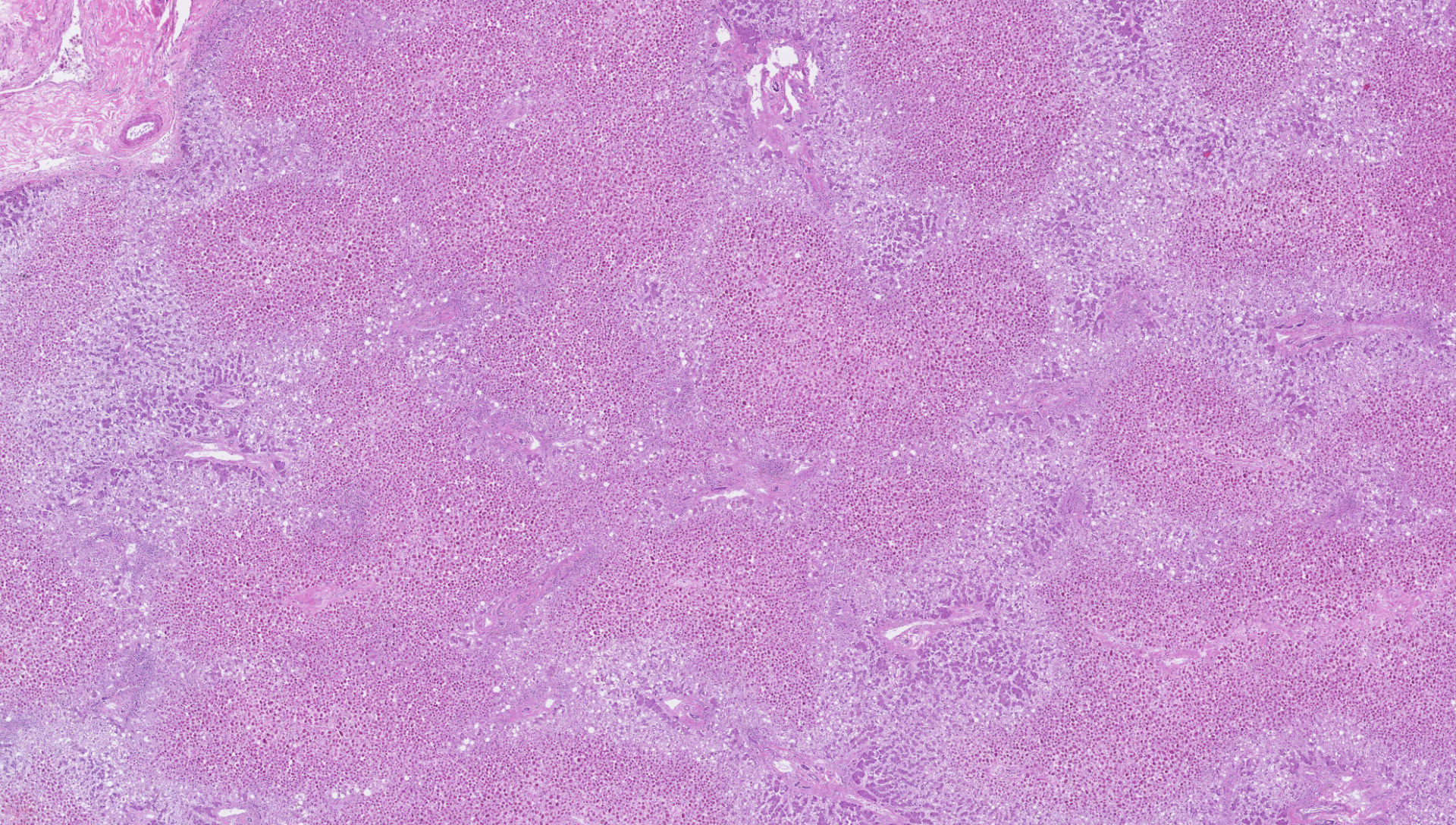Tuesday Poster Session
Category: Liver
P4807 - Rare Hepatic Manifestation in Influenza A H1N1: A Case Report of Acute Liver Failure
Tuesday, October 29, 2024
10:30 AM - 4:00 PM ET
Location: Exhibit Hall E

Has Audio

Advait Suvarnakar, BS
MedStar Georgetown University Hospital
Washington, DC
Presenting Author(s)
Award: Presidential Poster Award
Advait Suvarnakar, BS, Harjit Singh, MD, MBA, Christian O. Green, MD, Amol Rangnekar, MD
MedStar Georgetown University Hospital, Washington, DC
Introduction: Acute liver failure (ALF) is an uncommon condition associated with significant morbidity and mortality. Although several viral etiologies of ALF are known, influenza has been a rare cause of significant liver injury. Herein, we report one of the first potential adult cases of ALF secondary to the influenza A H1N1 virus in a 32-year-old woman.
Case Description/Methods: 32-year-old female with no past medical history presented to the hospital with weakness, altered mental status, abdominal pain, nausea, and vomiting. She was found to have an INR of 7.6 and severe lactic acidosis with a pH of 6.9. Patient was intubated and admitted to the ICU. Her ALT (5627), AST (4,965), creatinine (4.4), and arterial ammonia (331) levels were elevated. CT A/P was unremarkable with no cirrhosis, and CT head did not show any cerebral edema. CT chest showed bibasilar infiltrates in lungs concerning for pneumonia. Abdominal doppler US showed mild hepatic steatosis and no clots. Infectious work-up was positive for influenza A H1N1. She was started on IV NAC, hypertonic saline, IV antibiotics, oseltamivir, and CVVH. Viral hepatitis labs were unremarkable, acetaminophen and other drug toxicity levels were normal, and all other causes of ALF were ruled out. Per family, she took no medications or herbal supplements. Despite treatment, she developed grade III/IV hepatic encephalopathy with rising arterial ammonia levels. Serial CT heads eventually demonstrated diffuse cerebral edema with brain herniation despite mannitol administration. The patient was ultimately declared brain dead following a brain death exam and apnea testing. Significant autopsy findings included liver biopsy with bland zonal and multiacinar confluent necrosis in 70% of the liver with no inflammation, cholestasis, or granulomas (Figure 1). Additionally, mild macrovesicular steatosis was noted in 30% of the liver.
Discussion: This may be the first reported adult case of ALF secondary to the influenza A H1N1 virus in the literature. A single such pediatric case of ALF was reported in 2012. Multiple studies have described acute liver injury secondary to influenza A H1N1, but significant injury is overall rare. The exact mechanism of liver injury is unknown although an overactive inflammatory reaction and cytokine dysregulation may be involved. Physicians should consider less common viral etiologies including influenza A H1N1 in patients with ALF of unknown etiology.

Disclosures:
Advait Suvarnakar, BS, Harjit Singh, MD, MBA, Christian O. Green, MD, Amol Rangnekar, MD. P4807 - Rare Hepatic Manifestation in Influenza A H1N1: A Case Report of Acute Liver Failure, ACG 2024 Annual Scientific Meeting Abstracts. Philadelphia, PA: American College of Gastroenterology.
Advait Suvarnakar, BS, Harjit Singh, MD, MBA, Christian O. Green, MD, Amol Rangnekar, MD
MedStar Georgetown University Hospital, Washington, DC
Introduction: Acute liver failure (ALF) is an uncommon condition associated with significant morbidity and mortality. Although several viral etiologies of ALF are known, influenza has been a rare cause of significant liver injury. Herein, we report one of the first potential adult cases of ALF secondary to the influenza A H1N1 virus in a 32-year-old woman.
Case Description/Methods: 32-year-old female with no past medical history presented to the hospital with weakness, altered mental status, abdominal pain, nausea, and vomiting. She was found to have an INR of 7.6 and severe lactic acidosis with a pH of 6.9. Patient was intubated and admitted to the ICU. Her ALT (5627), AST (4,965), creatinine (4.4), and arterial ammonia (331) levels were elevated. CT A/P was unremarkable with no cirrhosis, and CT head did not show any cerebral edema. CT chest showed bibasilar infiltrates in lungs concerning for pneumonia. Abdominal doppler US showed mild hepatic steatosis and no clots. Infectious work-up was positive for influenza A H1N1. She was started on IV NAC, hypertonic saline, IV antibiotics, oseltamivir, and CVVH. Viral hepatitis labs were unremarkable, acetaminophen and other drug toxicity levels were normal, and all other causes of ALF were ruled out. Per family, she took no medications or herbal supplements. Despite treatment, she developed grade III/IV hepatic encephalopathy with rising arterial ammonia levels. Serial CT heads eventually demonstrated diffuse cerebral edema with brain herniation despite mannitol administration. The patient was ultimately declared brain dead following a brain death exam and apnea testing. Significant autopsy findings included liver biopsy with bland zonal and multiacinar confluent necrosis in 70% of the liver with no inflammation, cholestasis, or granulomas (Figure 1). Additionally, mild macrovesicular steatosis was noted in 30% of the liver.
Discussion: This may be the first reported adult case of ALF secondary to the influenza A H1N1 virus in the literature. A single such pediatric case of ALF was reported in 2012. Multiple studies have described acute liver injury secondary to influenza A H1N1, but significant injury is overall rare. The exact mechanism of liver injury is unknown although an overactive inflammatory reaction and cytokine dysregulation may be involved. Physicians should consider less common viral etiologies including influenza A H1N1 in patients with ALF of unknown etiology.

Figure: High power H&E stain of liver parenchyma displaying bland zonal and multiacinar confluent necrosis
Disclosures:
Advait Suvarnakar indicated no relevant financial relationships.
Harjit Singh indicated no relevant financial relationships.
Christian Green indicated no relevant financial relationships.
Amol Rangnekar indicated no relevant financial relationships.
Advait Suvarnakar, BS, Harjit Singh, MD, MBA, Christian O. Green, MD, Amol Rangnekar, MD. P4807 - Rare Hepatic Manifestation in Influenza A H1N1: A Case Report of Acute Liver Failure, ACG 2024 Annual Scientific Meeting Abstracts. Philadelphia, PA: American College of Gastroenterology.

